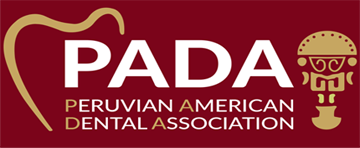A joint mission was conducted with Mision Vida Peru on May 1-2, 2008, to improve the quality of oral health care of the town of Caraz through lectures and oral hygiene instruction, fluoride applications to patients with high to medium stomatological risk, and dental extractions in the appropriate cases. The city of Caraz, the capital of the Huaylas Provence, is located 72 kilometers north of Huaraz, at the foothills of San Juan at 2,250 meters above sea level. This campaign was conducted at Colegio Nacional 2 de Mayo and Virgen del Carmen Market. Participants included students, teachers of Colegio 2 de Mayo, firefighters, and the community at large.
The following are the results of the Caraz Mission:
| Services Rendered | Colegio Nacional 2 de Mayo | Virgen del Carmen Market | Total Patients Seen |
| Fluoride application | 115 | 65 | 180 |
| Dental extractions | 7 | 47 | 54 |
| Oral Hygiene Instruction | 150 | —- | 150 |
| Toothbrushes | 90 | 30 | 120 |
| Total | 362 | 142 | 504 |
V. Conclusions and Recommendations
In Caraz, we found a low rate of dental caries among the residents due to the high concentration of fluoride in the city’s drinking water. This excess of fluoride, however, produces a dental fluorosis which manifests itself as small opaque or mottled areas in the enamel in a minor stage, and brown coloration and the presence of individual or cofluent pits of hypocalcification of the enamel in the severest stage.
This alteration of fluoride concentration in water is corroborated by the data obtained in the study of Gerson Paredes Cox, (Prevalencia de fluorosis dental en el Perú, UNMSM – MINSA en el Primer Congreso de Internacional de Científicos Peruanos -2003), in which it demonstrates that the department of Áncash (47.4%) has the biggest fluoride exposure in Peru followed by Huánuco (46.2%) and Junín (44.6%). The prevalence is higher in rural areas where fluoride concentration in drinking water is greater than 1 part per million.
For this reason, the whitish discoloration in enamel produced by mild dental fluorosis in most patients was noted. On the other hand, a high rate of gingivitis and periodontal disease was found as well as malocclusion (misalignment of teeth) and caries, which causes premature loss of teeth. These diseases are a result because of a lack of basic understanding and knowledge of oral hygiene.
| Participants: Rocío Robles Morán, Dental Assistant Dr. Gersom León E., Emilio Ramírez C., Dental Assistant Dr. José Velásquez S. Dr. Juan Carlos Lugo P. Rocío Coronel M., Dental Educator |

